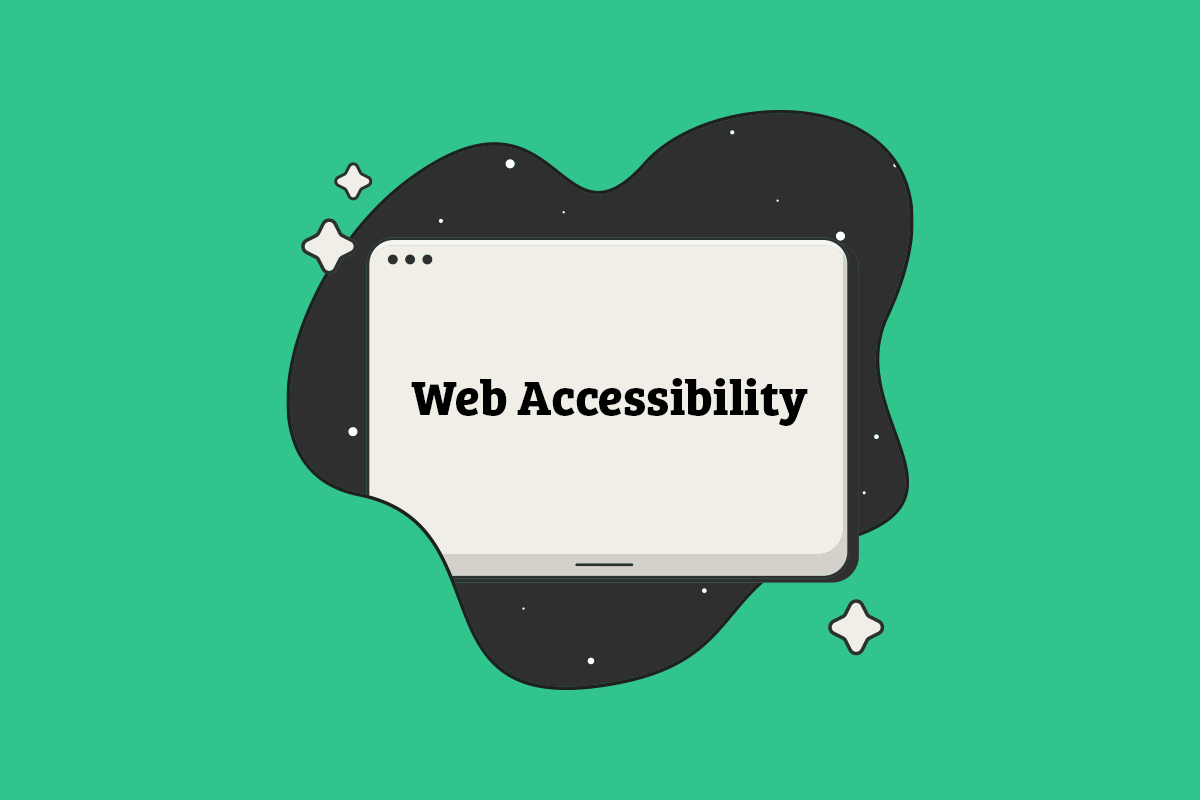Designers and developers have specific roles when it comes to building websites. Designers ideate, conceptualize, sketch, and prototype design ideas. Developers make those prototypes come to life by creating layouts, integrating graphics, and coding interactive elements.
When the time comes to translate prototypes into code, designers and developers come together for a design-to-development handoff (also called a design handoff). What happens in a design handoff is that designers transfer their ideas, prototypes, and other design resources (such as vectors, graphics, interaction guides) to the development team.
The problem is that design-to-development handoffs don’t always go smoothly. With this in mind, in this article, we’ll share four tips and best practices you should keep in mind as a designer for smooth design-to-development handoffs.
Let’s begin.
Tip #1: Involve developers in your design process early on

A lack of communication and collaboration between design and development teams is one of the most common reasons for experiencing friction in design-to-development handoffs. What happens is that when the developers get their hands on the design resources, they’re left to interpret everything on their own or repeatedly ask the designers for clarification every time something is unclear.
The good news is that a lack of communication is one of the easiest problems to fix. Once you take appropriate measures, both teams will be able to reduce time spent on unnecessary back and forth questions, feedback loops and meetings.
The best thing to do to fix this issue is to encourage designer-developer communication and collaboration early on in the web design project. Here are some actionable tips to get you started:
- Invite developers to attend client meetings.
- Hold discussion sessions and/or meetings regularly to share progress and project highlights.
- Let developers in on your design process by sharing design ideas and concepts.
- Collaborate with developers during the conceptualization and prototyping stages.
The working culture in most web design agencies often defines specific roles for both designers and developers, which is why we forget that both teams possess overlapping knowledge and skill sets. Collaborating on projects early on in the design process doesn’t take a lot of effort and opens up a door for sharing ideas, getting feedback and solving problems.
Using a team collaboration tool like Slack or InVision is a great way to keep communication lines open throughout the project.
Tip #2: Reduce knowledge gaps

While there are certainly some areas where the designer’s and developer’s knowledge and skill set overlap, it’s important to keep in mind that both teams are experts in their respective fields. And since the end product is going to go through both design and development stages, it’s important to reduce knowledge gaps between both parties wherever possible.
Let’s consider a scenario that happens in the workplace all the time:
The design team comes up with a great design that fits the client’s requirements but is incredibly difficult to translate into code. The designer is unaware of the problems the developer will face. After the design-to-development handoff, the developer realizes that the interactions are too complicated and there’s no way the project can be completed on time and within budget. The developer eliminates the ‘problem areas’ and comes up with a modified design that’s not particularly user-friendly.
As you can probably imagine, this again leads to misunderstandings, misinterpretations and wasted time.
Instead, encourage designers and developers to share basic knowledge and latest industry trends over weekly meetings or presentations. Explain basic design (or development) concepts in easy-to-understand ways by means of examples. Let the other team know how your process works and what they can do to make your work easier.
In addition to this, consider building a design system to create transparency and eliminate knowledge silos. Design systems are living products that allow designers and developers to interpret and understand design decisions, refer to standards and guidelines, and determine which direction to go in to design and develop a website.
Tip #3: Be mindful of design challenges

As a designer, you need to be mindful of any design-development challenges the development team might experience after the design handoff.
For instance, you need to remember to include edge cases and empty state designs in the mockups and/or prototypes you share with the developers so that they know how to handle each specific scenario.
Without proper mockups and documentation, the developer might end up making assumptions about how the system is supposed to behave. This leads to usability issues and bugs.
As a solution, create a detailed interaction guide along with design mockups that broadly explains these edge cases and unlikely (but possible) use case scenarios. After all, designing for unexpected situations is part of good web design. Some possible edge case scenarios to be mindful of include error states, ‘no results found,’ and empty states.
Tip #4: Maintain consistency

When the time comes for the actual design-to-development handoff, there are a few best practices to keep in mind. Your goal should be to make sure everything is as organized and complete as possible. Keep in mind this includes everything from individual layers to design files and documentation.
The key benefit here is that you’ll be able to minimize unnecessary back and forth questions or having to remember where a specific design file is stored.
Instead, decide on a consistent and descriptive naming convention for your resources (files, folders, elements, illustrations and layers) and stick to it. This way, you’ll be able to maintain consistency within the resources you need to transfer to the development team. Make this standard a part of your design system so that everyone has a key to refer to in case of confusion.
After the design handoff, schedule a quick meeting to walk the development team through the design files and resources you just transferred to them. While everything is still fresh in your mind, explain where everything is and any design details (such as microinteractions and animation effects) which might be confusing at first glance. Give the development team some time to familiarize themselves with the design resources and give them an opportunity to ask questions.
Conclusion
Design-to-development handoffs can be pretty difficult if both design and development teams experience a lack of communication or transparency. Instead, embrace designer-developer communication and collaboration best practices to reduce the friction in your design-to-development handoffs.
Let’s quickly recap the main points we covered:
- Involve developers in your design process early on by encouraging them to attend client meetings and collaborating with them during the conceptualization and prototyping stages.
- Hold weekly meetings and build a design system to reduce knowledge gaps.
- Be mindful of design challenges by designing for edge cases and creating detailed interaction guides.
- Settle on a descriptive naming convention to maintain consistency within the resources you’ll transfer to the development team.
How do you handle design-to-development handoffs at your web design agency? Are there any tips or best practices you’d like to add? Share your thoughts in the comments section below.

